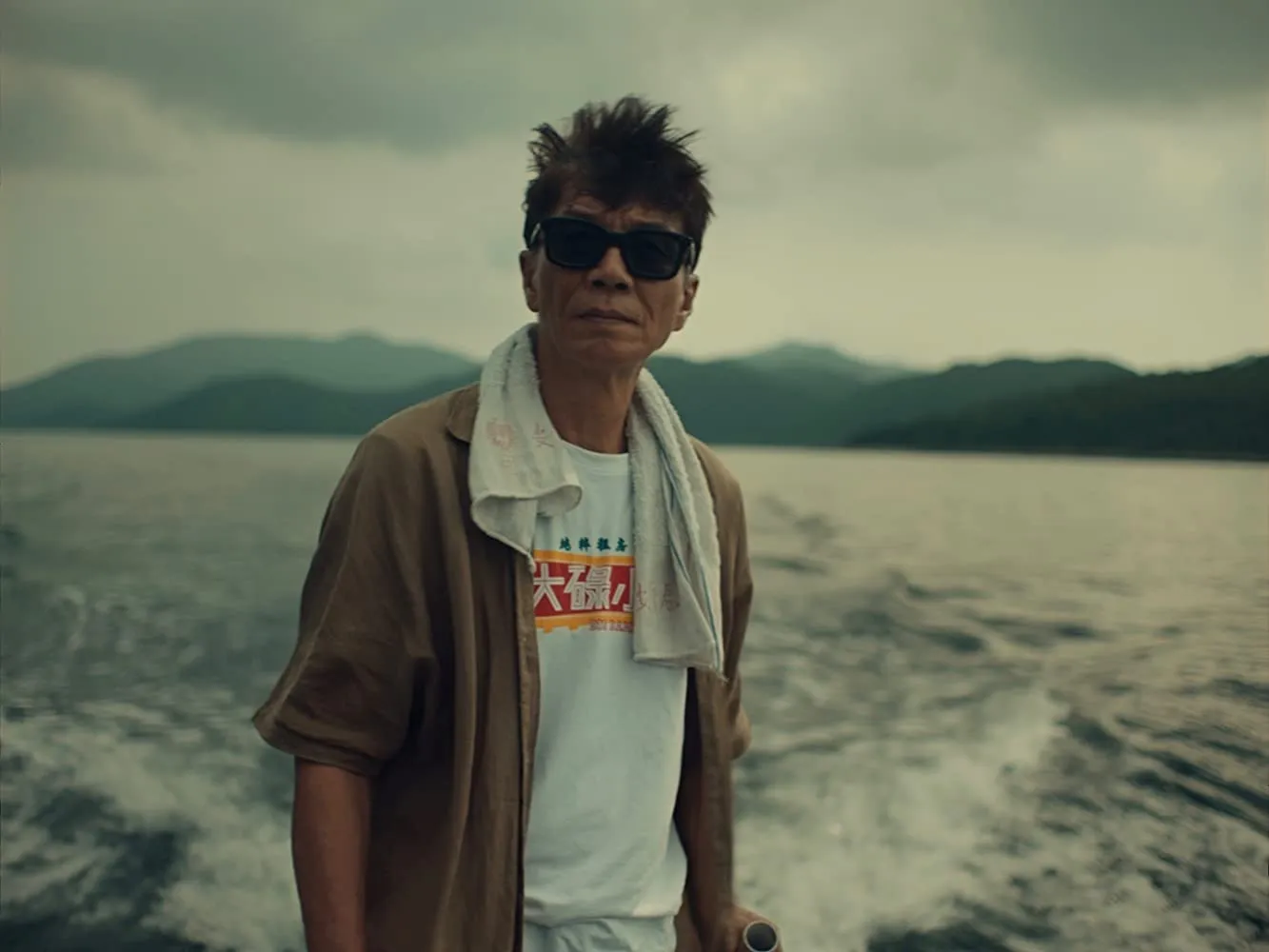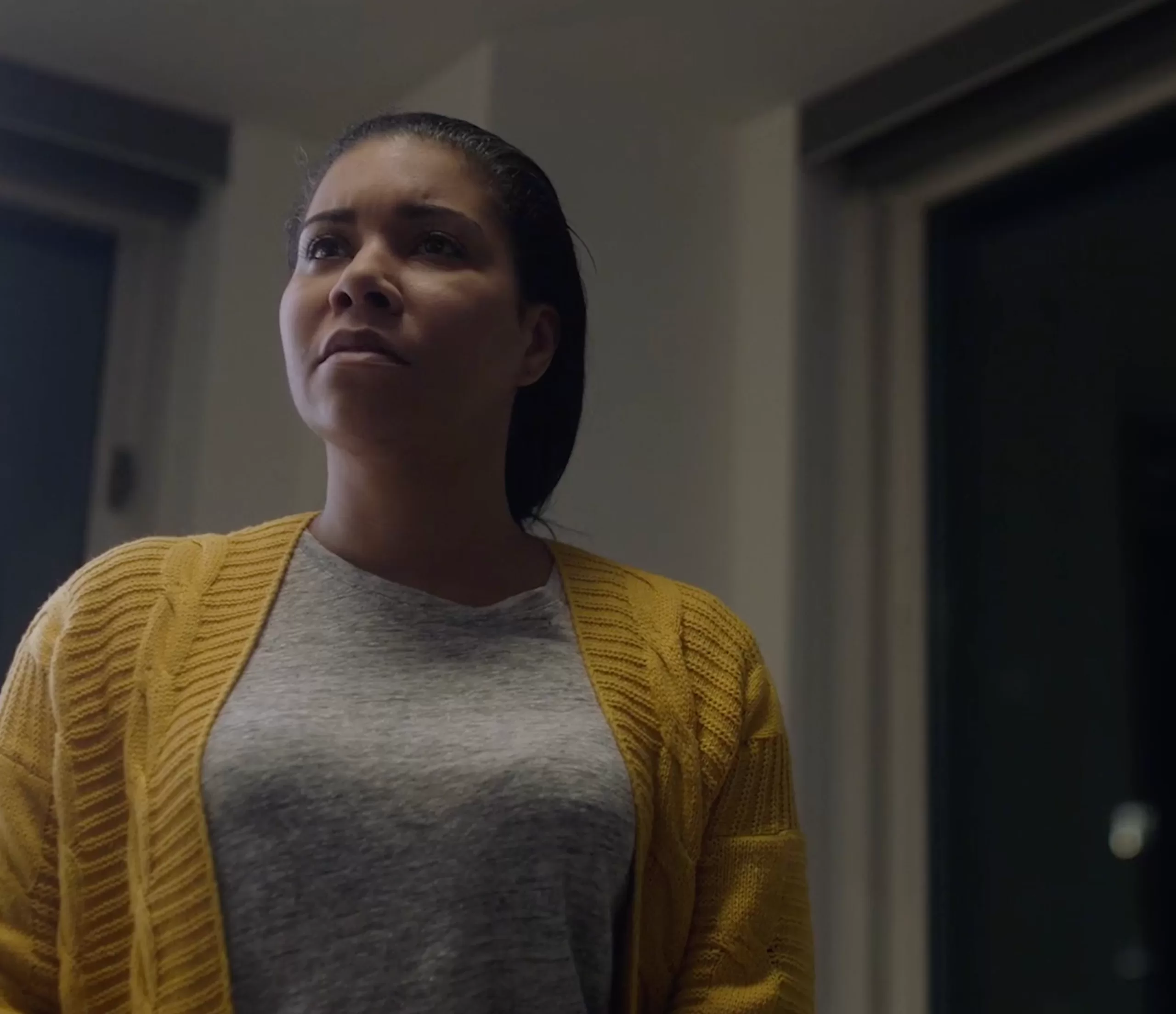With “The Brink,” Stephen K. Bannon, death star of the alt-right movement, gets his day in the sun
By the end of Alison Klayman’s Stephen K. Bannon documentary “The Brink” even the most liberal viewer may find themselves rooting for the alt-right agitprop mastermind.
In “The Brink,” which opens Friday, Klayman presents a cinema vérité year in the life of Bannon, from the time of his firing from the Trump White House and culminating in the 2018 midterm elections, which saw the Democrats retake the House of Representatives—despite Bannon and President Trump doing all they could to head off precisely that outcome.
“It seemed like an opportunity to examine some pretty important questions about where we are right now,” Klayman said recently at an interview in Washington, D.C., alongside producer Marie Therese Guirguis. “It was clear from the very first meeting that he was likely to say a lot of things [on camera]. And that was encouraging.”
“The Brink” takes a fly-on-the-wall approach to Bannon, eschewing sit-down interviews or voiceover in favor of tagging along on his day: giving speeches, appearing on TV, making his case for stricter border security and touting other favorite talking points.
Producer Guirguis worked with Bannon years ago, when he decided to try his hand at the film business. She said they enjoyed a friendly working relationship but drifted apart when Bannon became ever more interested in fringe politics.
“I felt I had less in common with him and less a basis for a friendship,” Guirguis said. “For a period of time, I would write him angry emails and text message, like ‘How could you do this?’ and insulting him. To my surprise, he would always write back. And he was always friendly.”
As Bannon’s public profile increased and his proximity to Trump made him a boogeyman of the left, Guirguis said that she knew there was more to the former Breitbart honcho versus what was portrayed in the media. Yes, his ideas were horrid to her, but she also knew that he was charming, gregarious and funny.
“This is someone closer to George W. Bush in terms of his outgoing nature and personal charm,” she said. “I think it’s one of the reasons why he’s gotten to where he’s gotten.”
Guirguis believed that Bannon loved the public image he was creating for himself, which led her to propose to follow him around for a year. Somewhat surprisingly, given their oppositional political beliefs, he agreed.
“I felt if you spent a lot of time with him…that he would hang himself” with his own words on camera, Guirguis said.
With Bannon on board, Guirguis invited Klayman (“Take Your Pills”) to direct the film and follow their subject. But first, Klayman wanted to meet Bannon face to face.
“You want to know your subject, [their] personal charisma, what they’re going to be doing. But aside from that, I just had no question” about coming aboard, Klayman said, adding that her impression was that Bannon would also make the film “funny” as well as interesting given his rather large personality.
Over “The Brink”’s brisk ninety-one minutes Bannon takes meetings with Blackwater founder Erik Prince and Chinese political activist Miles Kwok. He bounces from radio to television shows and delivers his fiery speeches to enthusiastic, well-dressed crowds, which are occasionally interrupted by hecklers, though Bannon never seems to mind.
Very little was off-limits to Klayman excepting discussions of money, negotiating the terms of various public appearances or other moments that Bannon asked be kept off the record.
“We wanted to put those in as an acknowledgement so the audience knows we don’t get to film everything,” Klayman said. “Everyone comments on the access, but it’s also important to know that for any documentary or reality show, it’s to a point. You don’t get to see everything.”
Furthermore, she didn’t even know what she would be shooting from one day to the next. Klayman describes Bannon’s globe-trotting as a “fly-by-the-seat-of-their-pants operation,” which required her to improvise while the movie she may have had in her head get progressively more distant.
And though Bannon himself has a background in filmmaking, Klayman said he never offered unsolicited advice during production of “The Brink.”
“He kept on saying, ‘She’s a great shooter,’” added Guirguis. “He does have an understanding of film and he’s pretty film-literate. There were times when if we wanted something that initially he didn’t want to give us, we would say but we really need it. … You could actually talk to him like that.”
“You could tell when there things he really wanted to be in the film. The great thing is that he had no control of that,” said Klayman. “But as we were finishing, the one thing he ever [said] to me was, ‘You really think this is going to get into Sundance?’”
Get into Sundance it did. “The Brink” premiered there in January to positive reviews as well as praise for Klayman for making Bannon the subject without simultaneously giving him a platform.
The filmmakers showed Bannon the completed film prior to its Sundance premiere. Guirguis said that the normally garrulous Bannon was all but silent during that showing, only offering up commentary on his weight.
Guirguis said “he didn’t seem to love it or hate it,” but not long after the reviews from Sundance started coming in, he mostly broke off contact (writing in Vulture following its Sundance screening, Bilge Ebiri opined: “Klayman isn’t just interested in undercutting Bannon’s own claims, though she does plenty of that.”)
“I can’t say what he feels about the film, but he didn’t seem to have a great feeling after the reviews came out, and therefore, I don’t think he sees the film as a positive fit,” said Guirguis. “I think it’s safe to say that.”
“He talks a lot about converting people. And when he says that, he’s talking about people who are slightly apathetic or in the center left or far left,” Klayman said. “I think the film shows the thinness of his ideas. If it can serve as that kind of inoculation, I think that would be great.
“I think it can end up impacting someone’s point of view, but I don’t see it as a tool of persuasion. It could happen, but that’s not how I see it.”
Even though “The Brink” far from lionizes Bannon’s mission, nonetheless it was director Klayman’s job to give her a subject a cohesive narrative based on a year-plus of filming him. And if no converts will be made during screenings, audiences can at least walk away knowing they have beared witness to the workings of one of the most influential figures of our day, for better or worse.
“It was very liberating when other filmmakers I am close with and admire said it’s OK, you have a protagonist here and it is a journey,” Klayman said. “We made a lot of careful choices, but in the storytelling, you want people to be engaged.”
“You want to remind people that not everyone you think of as being horrible and doing horrible things is always horrible every day,” added Guirguis. “I think it is important, and Alison is really smart to capture that about him.”
news via inbox
Nulla turp dis cursus. Integer liberos euismod pretium faucibua


